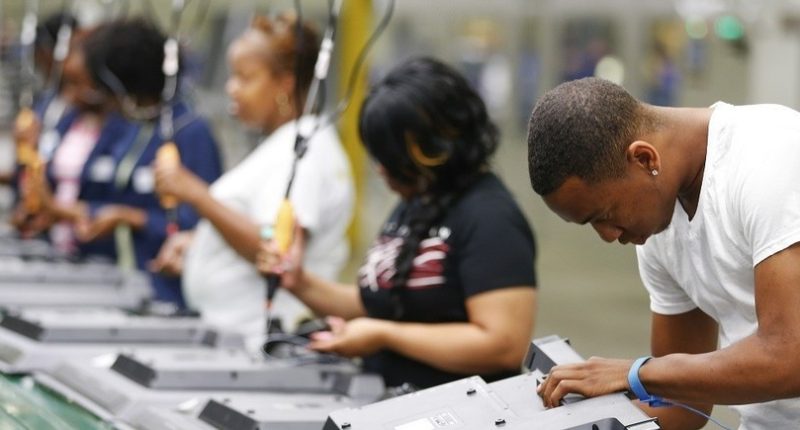Overview of the American Labor Market Shock
The American labor market is currently facing significant challenges that could lead to a major shock in the coming months. With rising unemployment rates, layoffs, and changes in immigration policy, understanding these dynamics is crucial for workers, businesses, and policymakers alike. This article explores the factors contributing to this labor market shock and its potential implications.
1. Rising Unemployment Rates Signal Trouble Ahead
Unemployment Trends in 2024
As of late 2024, the U.S. unemployment rate has shown signs of plateauing after a steady increase throughout the year. However, recent reports indicate that approximately 550,000 Americans have lost their jobs, raising concerns about the stability of the job market. This trend suggests a growing imbalance between available workers and job demand, which could lead to further economic repercussions.
2. Layoffs and Corporate Restructuring
Major Companies Announcing Job Cuts
Several major corporations, including Amazon, Boeing, and Spirit Airlines, have announced layoffs that will impact thousands of employees. These cuts reflect broader trends within the economy as companies adjust to changing market conditions and consumer demands. As layoffs increase, the ripple effect on household incomes and consumer spending could exacerbate economic challenges.
3. Immigration Policy Changes Affect Labor Supply
Impact of Immigration on Workforce Dynamics
Recent shifts in U.S. immigration policy are poised to significantly affect the labor supply. The reinstatement of policies such as “Remain in Mexico” is expected to reduce the number of new workers entering the U.S. labor market by an estimated 750,000 next year. This decline in immigrant labor could lead to tighter labor markets, impacting wage growth and overall economic performance.
4. Demographic Shifts and Labor Force Participation
Declining Participation Rates Among Prime Age Workers
The U.S. is experiencing demographic shifts that are influencing labor force participation rates. While participation among individuals aged 25-54 has historically been high, recent trends indicate a decline. Factors such as increased household wealth since the COVID-19 pandemic may deter older individuals from remaining in the workforce, further constraining available labor.
5. Economic Growth vs. Labor Supply
Balancing Job Creation with Worker Availability
The relationship between job creation and available labor is critical for economic stability. Despite strong demand for labor in certain sectors, a reduced supply of workers can hinder growth potential. As companies face challenges in filling positions, they may need to adjust hiring strategies or invest more in automation.
Preparing for Potential Economic Shifts
The American labor market is at a crossroads, with various factors converging to create a potential shock that could reshape the economic landscape in 2025. As unemployment rates rise and layoffs become more common, it is essential for workers and businesses to stay informed about these developments. Policymakers must also consider how changes in immigration policy and demographic trends will impact future workforce dynamics.By understanding these complexities, stakeholders can better navigate the challenges ahead and work towards solutions that promote a resilient labor market for all Americans.









